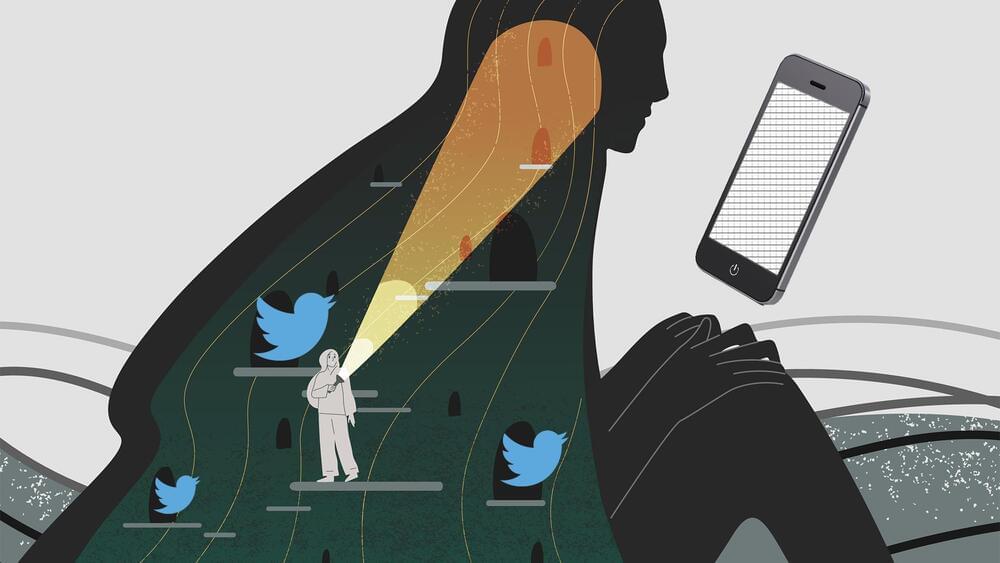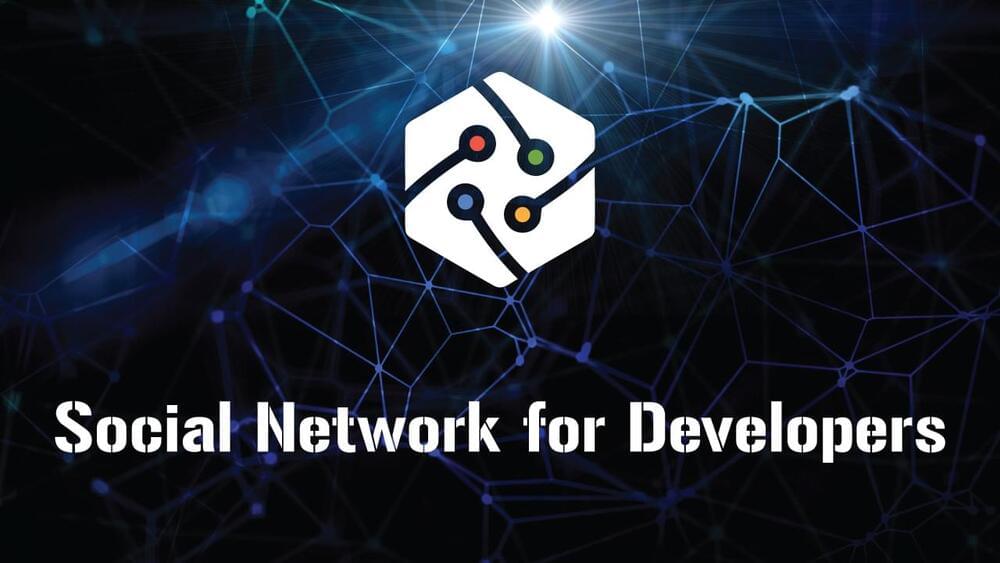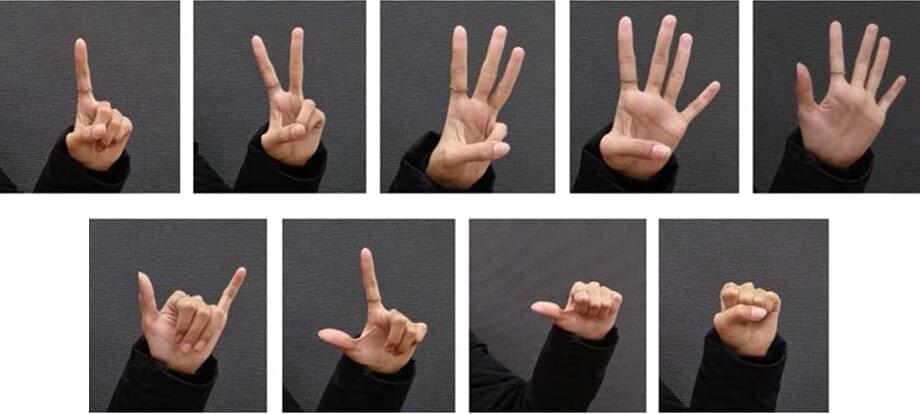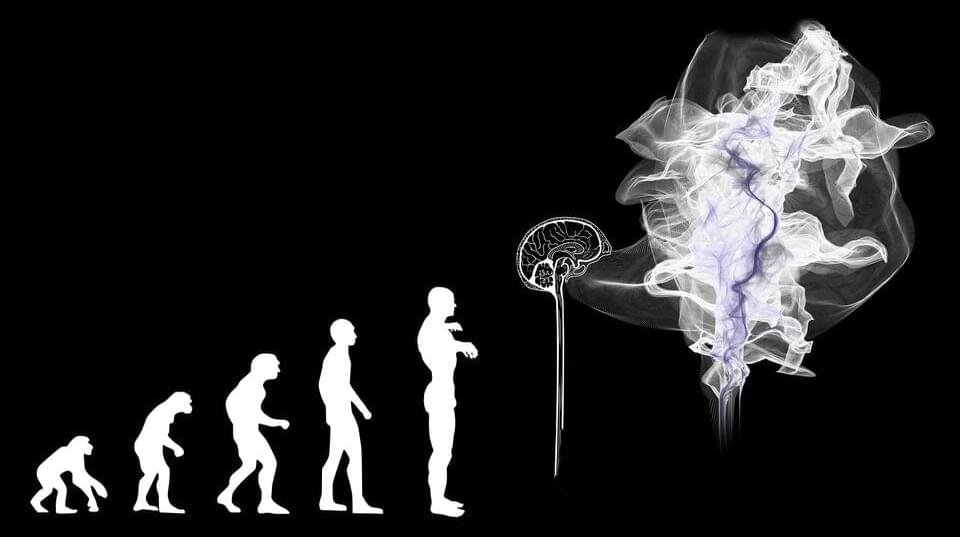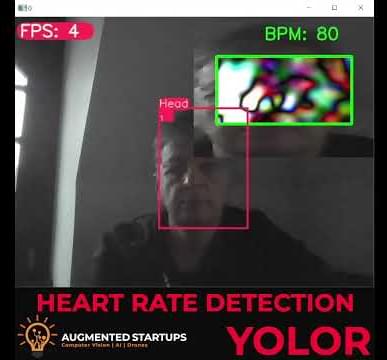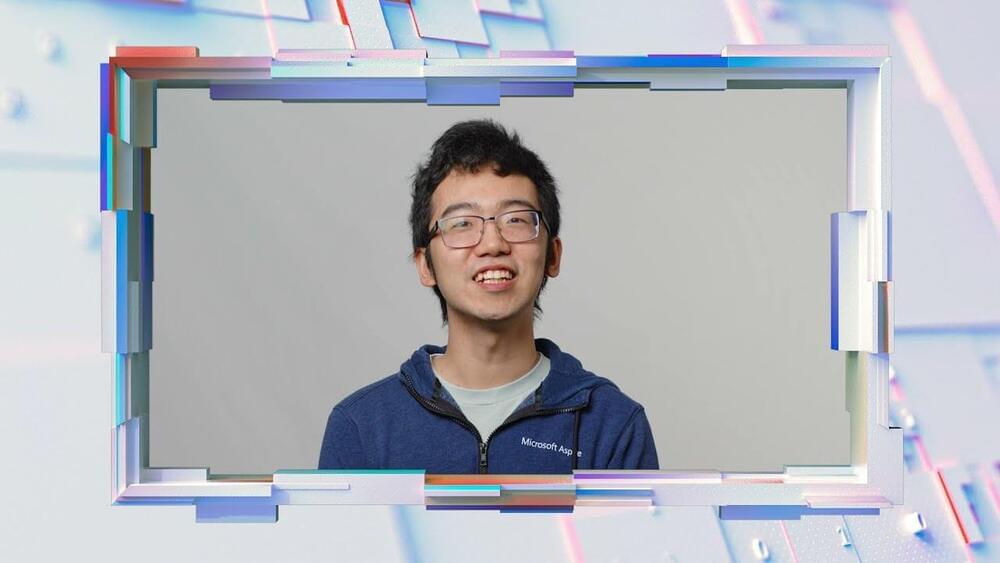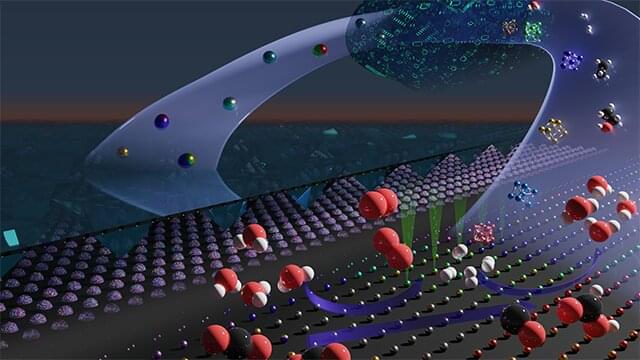Jan 1, 2022
Predicting the Difficulty of Texts Using Machine Learning and Getting a Visual Representation of Words
Posted by Shubham Ghosh Roy in categories: information science, robotics/AI
We see that text data is ubiquitous in nature. There is a lot of text present in different forms such as posts, books, articles, and blogs. What is more interesting is the fact that there is a subset of Artificial Intelligence called Natural Language Processing (NLP) that would convert text into a form that could be used for machine learning. I know that sounds a lot but getting to know the details and the proper implementation of machine learning algorithms could ensure that one learns the important tools in the process.
Since the r e are newer and better libraries being created to be used for machine learning purposes, it would make sense to learn some of the state-of-the-art tools that could be used for predictions. I’ve recently come across a challenge on Kaggle about predicting the difficulty of the text.
The output variable, the difficulty of the text, is converted into a form that is continuous in nature. This makes the target variable continuous. Therefore, various regression techniques must be used for predicting the difficulty of the text. Since the text is ubiquitous in nature, applying the right processing mechanisms and predictions would be really valuable, especially for companies that receive feedback and reviews in the form of text.

